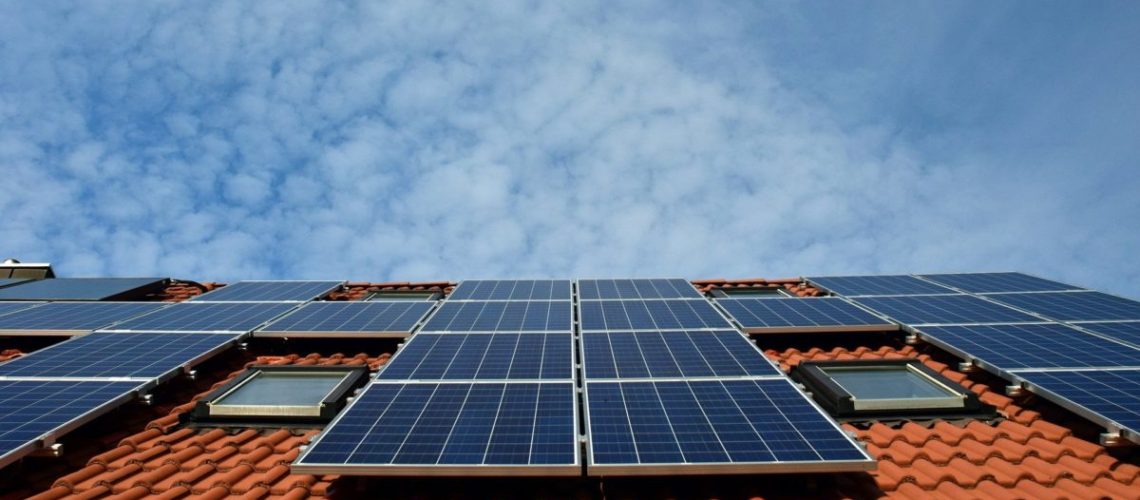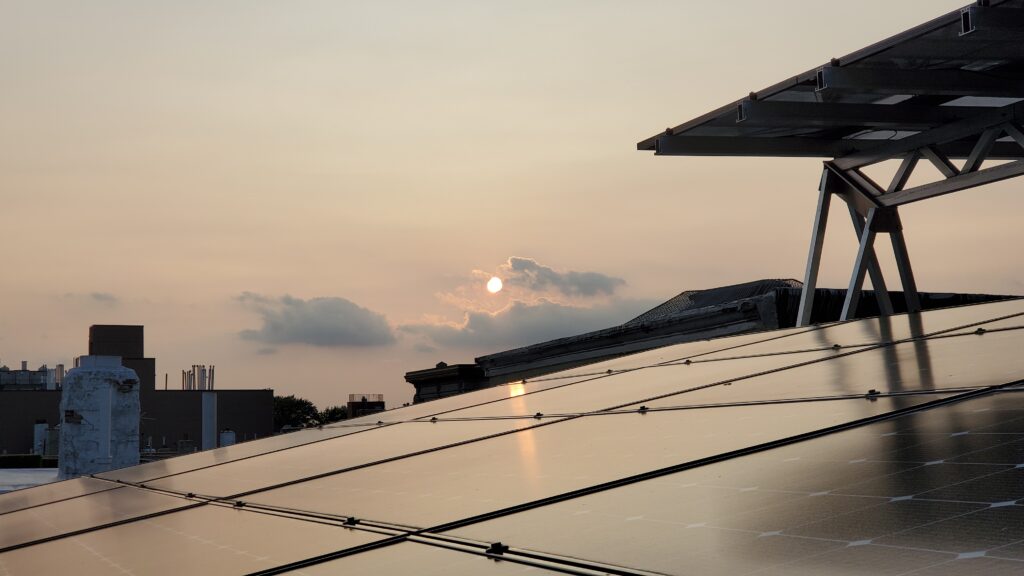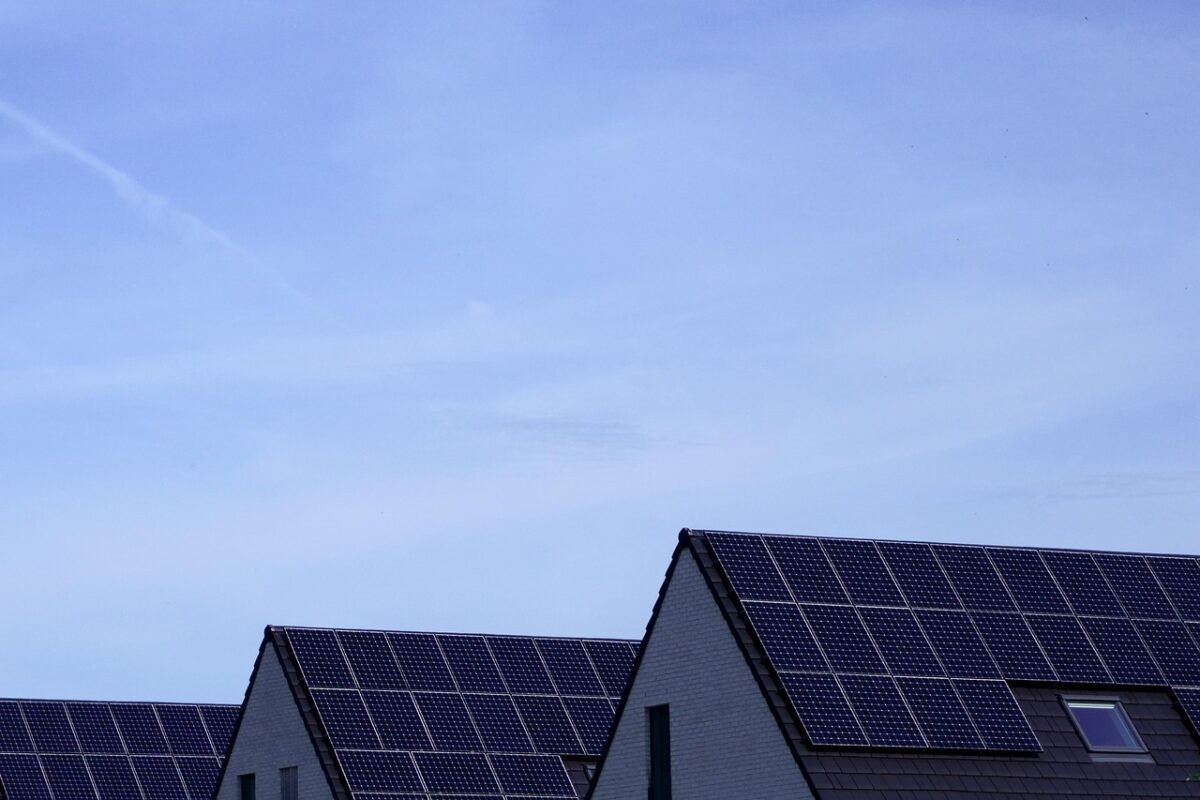After heavy protest to the proposed solar net metering rates and fees, the CPUC now seeks comment on how an equitable, environmentally-sound, and economically beneficial structure can be created.
This February, following several weeks of industry outcry, public protest, and political leader involvement, California’s Net Energy Metering (NEM) 3.0 was delayed indefinitely. Now, the California Public Utilities Commission (CPUC) is revisiting the issue and seeks feedback on a structure that is agreeable to the nation’s largest solar industry, representing 50% of all US rooftop solar, and its citizens.
As proposed, NEM 3.0 would have slashed the payments made by utility companies to rooftop solar owners for exporting their excess PV production back to the grid. EQ Analysts said the proposal would lead to a 57-71% overall reduction in solar savings across the state.
A provision that was particularly under fire was the grid access charge, an $8/kW solar capacity charge per month. The charge would apply to all solar customers, regardless of whether they have grid-supporting technology like battery energy storage. A typical 7kW system owner would pay an additional $56 a month under the proposal.
At the time, SolarReviews, a residential solar informational site, interviewed about 4,000 active solar shoppers in the state, and showed them what their solar savings potential looked like under the assumptions of NEM 3.0. The results were nothing short of damning for California rooftop solar, as 95% responded they would no longer purchase under the cost assumptions. In many cases payback periods were increased to as much as 20 years, a wait many viewed as unreasonable and too risky.
After protest and industry comment, Governor Gavin Newsom said there was “work to be done” on the proposal, and CPUC President Alice Reynolds requested more time to consider changes.
Much of the foundation of the heavily protested NEM 3.0 was based on the concept of a “cost shift” created by net metering payments to solar customers. More on the utility-backed push of the cost shift, and a debunking of its core assumptions can be read here.
Feedback sought by CPUC
The NEM 3.0 policy will now open for feedback on proposed changes. Comments to the questions below are due June 10, 2022.
Three main elements are being explored in the policy revisit, namely the “glide path” approach, non-bypassable charges on gross consumption, and community distributed energy resources. The full scope of the issues being considered can be found here.
Glide path
The original NEM 3.0 decision structured in a “market transition credit” also referred to as a “glide path”, that would taper down payments for solar customers in increments over a four-year period, eventually reaching the “avoided cost” rate to the utility. The avoided cost is a wholesale electric rate, and would severely damage the value of residential rooftop solar customers’ systems, slashing value by 80% or more. Currently, customers are paid a retail rate, about $0.22-$0.36/kWh, and the proposal calls for an avoided-cost rate of $0.04-$0.05/kWh.
The new proposal mentions a boost to the value of the “market transition credit” but uses broad language and no concrete figures to explain how its new proposal, “Avoided Cost Calculator (ACC) Plus” would be implemented. Neither the length of the taper-down period, nor the value of the ACC Plus credits are mentioned in the proposal, and CPUC seeks feedback on how this could be structured.
Non-bypassable charges
The other issue at hand is that of “non-bypassable charges.” Proposed originally by the Sierra Club in an NEM 3.0 rulemaking process, the charges would be a possible alternative to the “grid access charge”, a fixed monthly fee that experts called a “tax on the sun.”
Replacing this would be a fee to offset costs for projects such as utility wildfire mitigation costs, retiring nuclear power plants, and funding energy-efficiency and low-income assistance programs. The CPUC’s scope of issue report outlines several direct questions it will field related to these charges.
Community solar tariff
The third main issue under review is that of community distributed energy resources. Currently, the Commission offers a community solar program for low-income customers living in disadvantaged communities through the Community Solar Green Tariff (CSGT) program. The CSGT program enables residential customers in disadvantaged communities who may be unable to install solar on their roof to benefit from a local solar project and receive a 20 percent bill discount. Three major utilities are set to propose changes to the program by the end of this month.
Potential changes to CSGT include an expansion of program capacity, and eligibility requirements for customers, locations and technologies. The scope of issue report outlines several questions related to these proposed changes.
Guiding questions asked by the CPUC:
Additionally, the CPUC asks several questions to guide the overall structure of the eventual successor to NEM 2.0.
- What guiding principles (including those related to Assembly Bill 327 (2013, Perea), equity, environmental goals, and social justice) should the Commission adopt to assist in the development and evaluation of a successor to the current net energy metering tariff?
2. What information from the Net Energy Metering 2.0 Lookback Study should inform the successor and how should the Commission apply those findings in its consideration?
3. What method should the Commission use to analyze the program elements identified in Issue 4 and the resulting proposals, while ensuring the proposals comply with the guiding principles?
4. What program elements or specific features should the Commission include in a successor to the current net energy metering tariff?
5. Which of the analyzed proposals should the Commission adopt as a successor to the current net energy metering tariff and why? What should the timeline be for implementation?
6. Other issues that may arise related to current net energy metering tariffs and subtariffs, which include but are not limited to the virtual net energy metering tariffs, net energy metering aggregation tariff, the Renewable Energy Self-Generation Bill Credit Transfer program, and the net energy metering fuel cell tariff.
7. What additional or enhanced consumer protections for customers taking service under net energy metering and/or the successor to the current net energy metering tariff should be adopted by the Commission?
Comments are due June 10, 2022.






